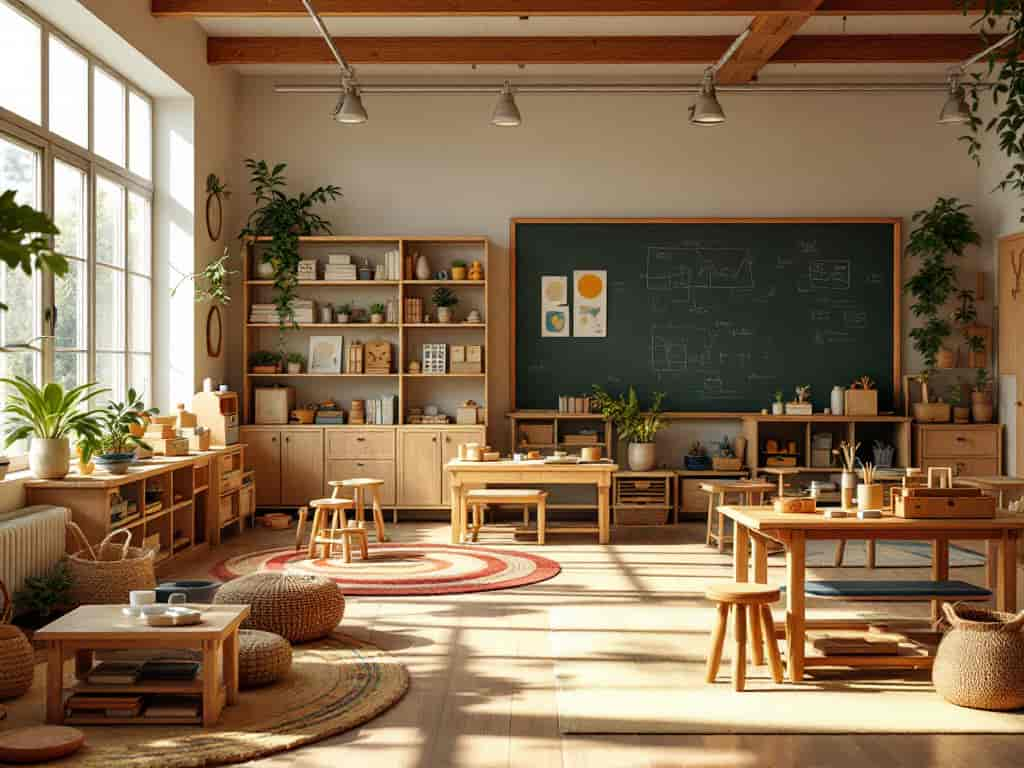Upcycling in Fashion: A Creative Sustainability Solution
Ellie Moore

Photo: Upcycling in Fashion: A Creative Sustainability Solution
Upcycling in Fashion: A Creative Sustainability Solution
In a world increasingly aware of environmental issues, upcycling in fashion has emerged as a beacon of hope. It’s not just a trend it’s a movement reshaping how we think about sustainability in the clothing industry. With the fast fashion industry contributing massively to pollution and waste, upcycling offers a creative solution to reduce the environmental footprint while encouraging personal expression and craftsmanship. In this article, we will explore what upcycling is, how it benefits both the planet and consumers, and how you can start embracing this eco-friendly practice in your wardrobe.
What is Upcycling in Fashion?
Upcycling refers to the process of transforming old, unused, or discarded clothing and materials into something new, improved, and more valuable. Unlike recycling, which often breaks down materials to create something entirely new, upcycling maintains the integrity of the original item, only enhancing or reimagining it.
For example, turning an old pair of jeans into a fashionable skirt or transforming a worn-out t-shirt into a chic tote bag are both examples of upcycling. It’s about giving new life to textiles that would otherwise end up in landfills, all while contributing to a more sustainable and ethical fashion industry.
The Environmental Benefits of Upcycling in Fashion
The fashion industry is one of the largest polluters in the world, contributing significantly to carbon emissions, water waste, and microplastic pollution. By adopting upcycling practices, we can begin to mitigate some of these negative impacts. Here are some key environmental benefits of upcycling in fashion:
- Reducing Waste
Every year, millions of tons of textiles are discarded, contributing to overflowing landfills. Upcycling helps reduce this waste by reusing old clothing and textiles, ensuring they don’t contribute to landfill problems. - Saving Resources
The fashion industry is resource-intensive. It takes a huge amount of water, energy, and raw materials to produce new clothing. Upcycling helps conserve these resources by making use of what’s already available, decreasing the demand for new production. - Lowering Carbon Footprint
Upcycling reduces the need for manufacturing new fabrics, which in turn lowers the carbon footprint associated with transportation and production. When you upcycle an item, you’re not just saving it from waste you’re also cutting down on the emissions that would have been generated by its new production. - Encouraging Circular Fashion
Upcycling is a core element of the circular fashion model, which aims to keep clothes in circulation for as long as possible. This approach counters the linear model of "buy, use, dispose," and promotes a system where materials are continuously reused and recycled, reducing the need for new raw materials.
Upcycling in Fashion: Creative Possibilities
Upcycling doesn’t have to be about making do with old items. It’s a chance for creativity to flourish. Whether you’re an experienced fashion designer or a beginner, upcycling offers an endless range of possibilities. Here are some fun and creative ways you can get involved:
1. DIY Projects for the Home Crafter
If you’re new to upcycling and fashion design, start small with easy DIY projects. Here are a few ideas to get you going:
- T-Shirt Transformations: Old t-shirts can be turned into stylish new garments. A simple technique like cutting up a t-shirt and tying the pieces together can create trendy, custom-made designs.
- Jeans to Skirt or Shorts: Cut off old jeans to create new items such as skirts, shorts, or even denim bags.
- Sweater into Scarf or Blanket: If you have a cozy sweater that’s no longer wearable, cut it up and sew it into a scarf, throw blanket, or even a set of mittens.
2. Professional Designers Embracing Upcycling
High-end fashion houses and independent designers alike are getting into the upcycling game. Brands like Stella McCartney and Vivienne Westwood have long championed sustainability through upcycled collections, proving that upcycled fashion can be both luxurious and eco-friendly. Designers are using old textiles to create new collections that tell a story about craftsmanship, sustainability, and social responsibility.
3. Upcycling for Accessories
Not only can clothing be upcycled, but accessories too! Old leather jackets can be transformed into wallets, belts, or bags. Vintage scarves can become headbands, and broken jewelry can be reimagined into new statement pieces. The possibilities are endless, making upcycling an exciting opportunity to create one-of-a-kind, personalized items.
Upcycling Fashion as a Sustainable Trend
While upcycling has been around for a while, it has become a more prominent trend in recent years, with consumers becoming more conscious of their purchasing habits. Sustainable fashion is no longer a niche but a growing movement. Many people are looking for ways to make their wardrobe more eco-friendly, and upcycling offers an affordable, accessible solution.
Moreover, with the rise of social media, the creativity involved in upcycling has gained visibility, as influencers and eco-conscious fashionistas showcase their upcycled outfits. This visibility has led to greater awareness of the benefits of upcycling, and in turn, has made it a trendy and stylish choice for people of all ages.
Practical Tips for Starting Your Upcycling Journey
Now that we understand the importance of upcycling in fashion, let’s look at some practical steps you can take to start your own upcycling journey.
- Start with the Basics
If you’re new to upcycling, begin with simple projects that require minimal skills. A basic alteration like shortening a dress or reworking the hem of a pair of pants can be an excellent starting point. Once you feel comfortable, move on to more complex projects. - Use What You Have
Look through your wardrobe for items that you no longer wear. These can be your starting materials. Focus on pieces made from durable fabrics, like denim or wool, as they are easier to upcycle. - Invest in the Right Tools
If you plan to make upcycling a regular hobby, it’s worth investing in a good sewing machine, fabric scissors, and some basic sewing supplies. These tools will help you bring your creative visions to life. - Research Upcycling Tutorials
There are countless tutorials available online that can guide you through the process. Websites, YouTube channels, and even upcycling blogs can offer step-by-step instructions to make your first project a success. - Collaborate with Others
If you’re unsure about starting on your own, consider collaborating with other like-minded individuals. Many upcycling groups and communities are popping up, both online and offline. These platforms can provide inspiration, support, and a place to share your creations.
The Future of Upcycling in Fashion
The future of upcycling in fashion looks bright, as consumers and designers alike become more committed to sustainability. Governments and organizations are also beginning to encourage more responsible fashion practices. With the rise of circular fashion, and growing consumer demand for ethical products, upcycling could soon become the norm, rather than the exception.
In fact, many major fashion brands are exploring ways to incorporate upcycled materials into their mainstream collections. This could lead to a future where upcycling is not just about salvaging old clothes, but also creating an entire industry built on reusing and repurposing existing materials.
FAQs about Upcycling in Fashion
1. What is the difference between upcycling and recycling in fashion?
Upcycling involves taking old or unused clothing and transforming it into something new and improved. Recycling, on the other hand, often breaks down materials to create entirely new products.
2. Can upcycled clothes be as fashionable as new ones?
Absolutely! In fact, upcycled fashion allows for a unique, personalized touch that mass-produced clothing can’t offer. Many designers are embracing upcycled materials to create fashionable and high-quality pieces.
3. How can upcycling save me money?
Upcycling allows you to transform old clothes into something new, reducing the need for purchasing new items. With creativity, you can refresh your wardrobe without spending a lot of money.
Conclusion: Join the Upcycling Movement
Upcycling in fashion is not just a creative outlet it’s a powerful tool for sustainability. Whether you’re a seasoned designer or a beginner, the opportunities to upcycle are endless. By embracing this eco-friendly practice, you can contribute to a greener planet while showcasing your unique style. Start small, get creative, and soon you’ll be part of a global movement that’s changing the face of fashion for the better.
What’s your favorite upcycling project? Let us know in the comments, and don’t forget to share this article with others who might be inspired to start their own upcycling journey!
Finance & Investment
View All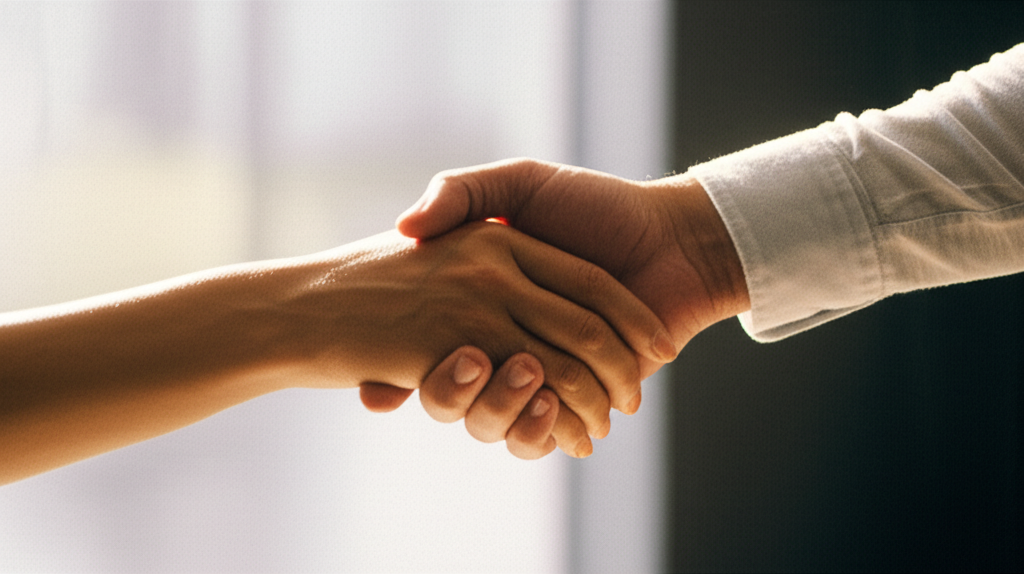
September 30, 2025
Yahoo Finance American Edition NewsGo beyond basic SEO! Create expert content to build authority, earn trust, and secure top search rankings. Your guide to digital success.
Ellie Moore

February 4, 2025
Market Segmentation: Best Practices to FollowStay ahead with proven best practices in market segmentation. Discover strategies to optimize your marketing efforts.
Ellie Moore

June 13, 2025
Harley Davidson Finance for True RidersUnlock online success with expert SEO content. Learn to create high-quality, E-E-A-T-driven content that ranks high, builds trust, and genuinely helps your audi...
Ellie Moore

May 13, 2025
City of Chicago Finance GuideCraft expert SEO content to rank higher & engage readers. Discover how to leverage E-E-A-T, keyword research, and strategic optimization for online success.
Ellie Moore

October 9, 2025
Carmax Financing Options and TipsUnlock higher rankings and reader engagement with expert SEO content. Go beyond keywords, deliver deep value, and build trust with E-E-A-T principles.
Ellie Moore

November 18, 2025
Understanding Leveraged Finance ConceptsUnlock top rankings & build trust with expert SEO content. Go beyond keywords to create valuable, user-centric content that search engines and readers love.
Ellie Moore
Insurance
View AllDiscover how parametric insurance uses data to quickly respond to natural disasters and protect assets.
Ellie Moore
Facing rising car insurance costs? Our guide helps you find affordable coverage, compare quotes, and reduce premiums without sacrificing protection.
Ellie Moore
Understand the legal side of insurance with this guide to policy exclusions. Learn what’s not covered and why it matters.
Ellie Moore
Secure your future with top-rated marketplace insurance for 2025. Trusted insights on plans, pricing, regulations & tech for all insurance roles.
Ellie Moore
Decode your insurance policy! Learn to understand terms, coverage, and conditions with this beginner-friendly guide.
Ellie Moore
Discover how return of premium life insurance works and whether it’s the right choice for you. Understand the benefits and costs!
Ellie Moore
Education
View AllCompare Montessori and traditional education methods. Discover which approach is more effective for fostering creativity and independence in students.
Read MoreLifelong learning is the new normal! Discover why continuous learning is essential for personal growth, career success, and adapting to change.
Read MoreIs a college degree still worth it? Dive into a detailed analysis of the ROI on higher education, including costs, benefits, and future prospects.
Read MoreRevive ancient teaching with the Socratic method! Learn how this questioning approach encourages deep thinking and active learning.
Read MoreOpen educational resources are breaking down barriers to knowledge. Learn how free learning materials are changing the global education scene.
Read MoreMultilingual education promotes diversity and cultural understanding. Learn why it matters and how it benefits students in a globalized world.
Read MorePopular Post 🔥
View All
1
2
3
4
5
6
7
8
9
10
Health






Automotive
View All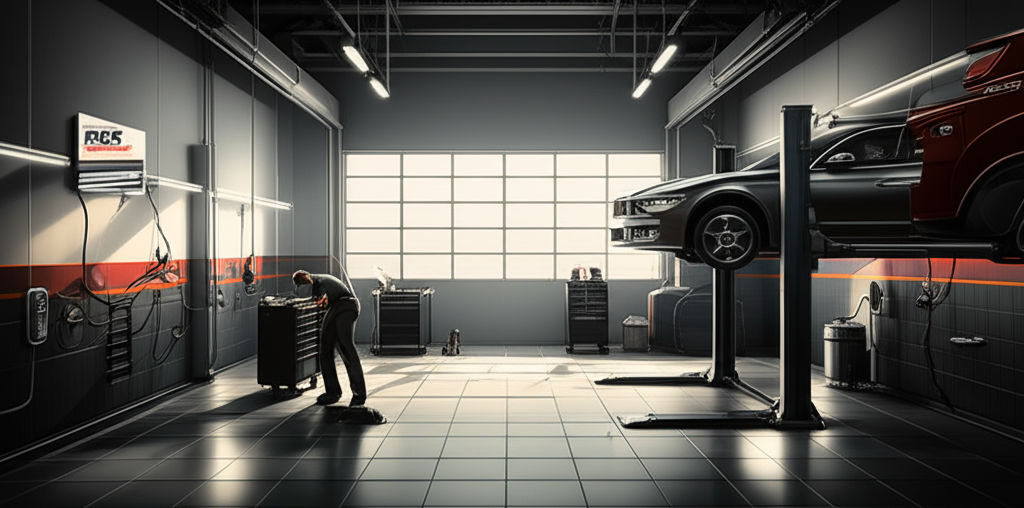
August 28, 2025
R&R Automotive Your Go-To Shop For Repairs
R&R Automotive: Your trusted shop for reliable car repairs & maintenance. Expect expert service, transparent pricing, and peace of mind.

August 5, 2025
What You Need To Know About Cee Jay Automotive
"Cee Jay Automotive" isn't one company. Explore its diverse forms, from body repair to auto suppliers, and what to know about each.

August 7, 2025
Evans Automotive Offers Trusted Vehicle Solutions
Evans Automotive: Your trusted partner for comprehensive vehicle solutions. Experience transparent, expert care & peace of mind on the road.

February 14, 2025
Biofuels in Cars: Renewable Energy’s Bright Future
Explore the future of renewable energy in automobiles. Learn how biofuels are shaping the next generation of sustainable vehicles.
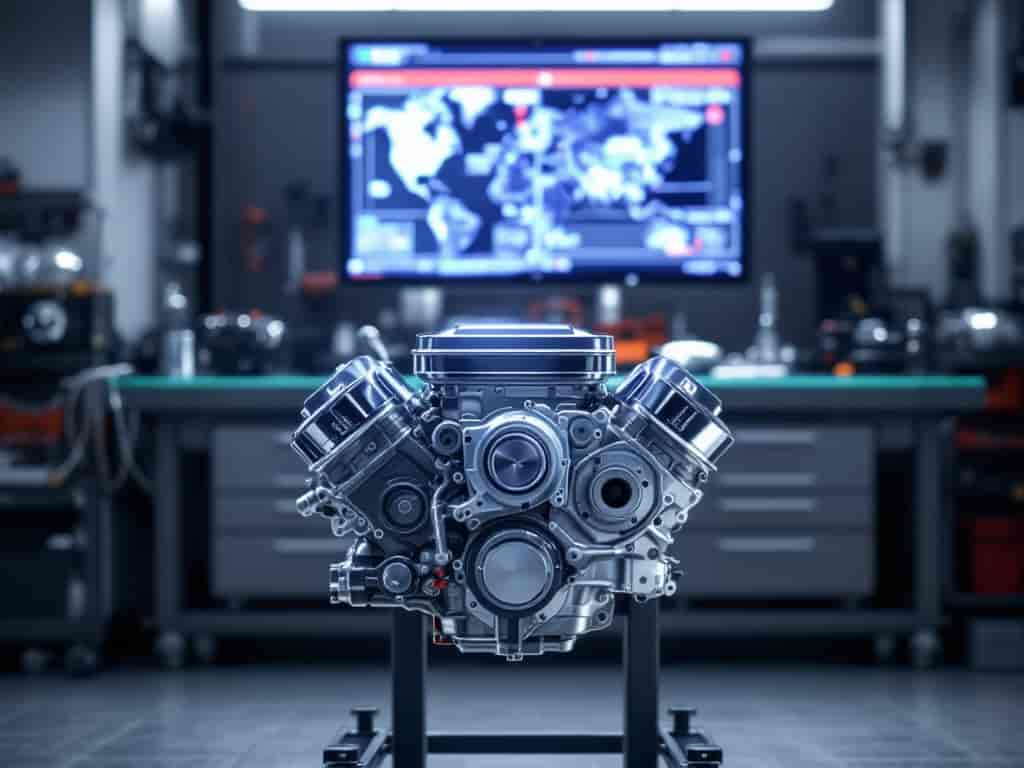
February 6, 2025
Performance Upgrades: Power Meets Reliability
Boost your car’s performance while ensuring reliability. Learn key upgrades that balance speed, power, and safety for optimal driving.
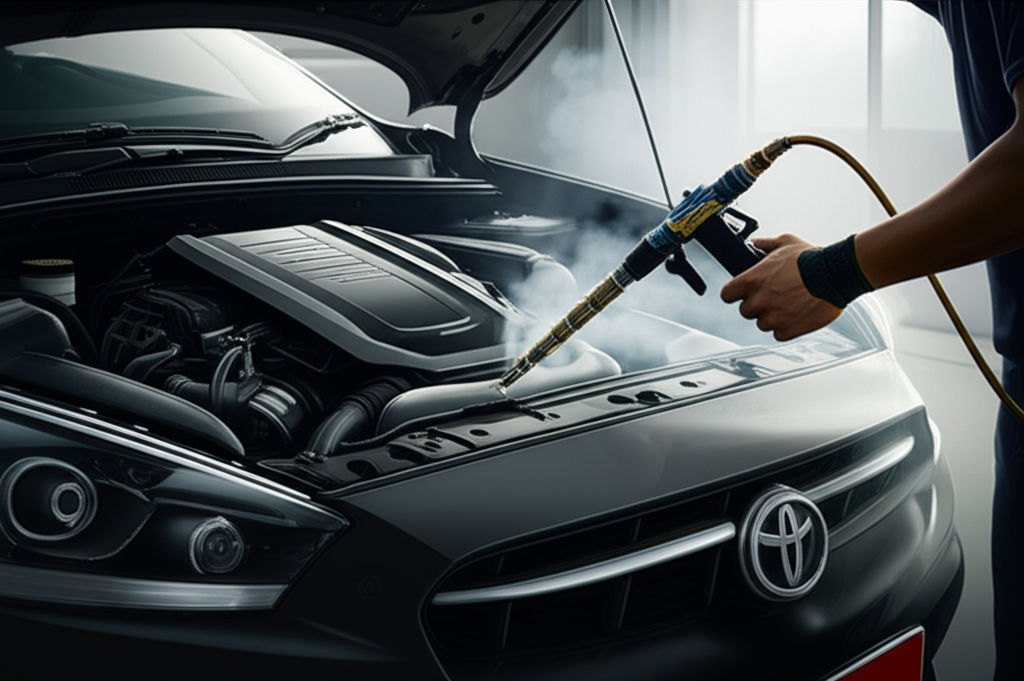
August 29, 2025
Smoke Machine Automotive Uses And Benefits
Discover how automotive smoke machines revolutionize car repair! Easily find hidden leaks (vacuum, exhaust, EVAP) for precise fixes. Make the invisible visible!












